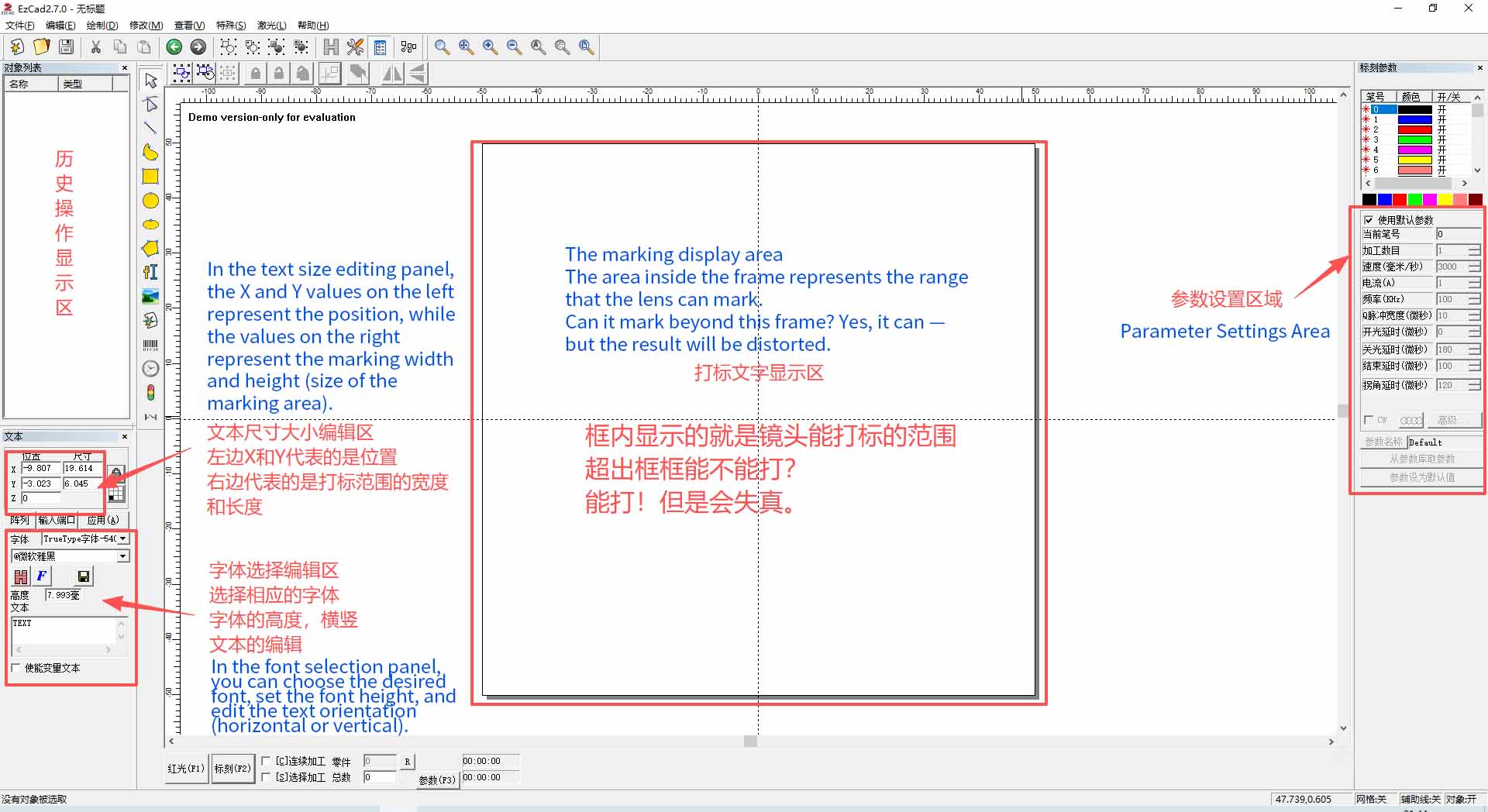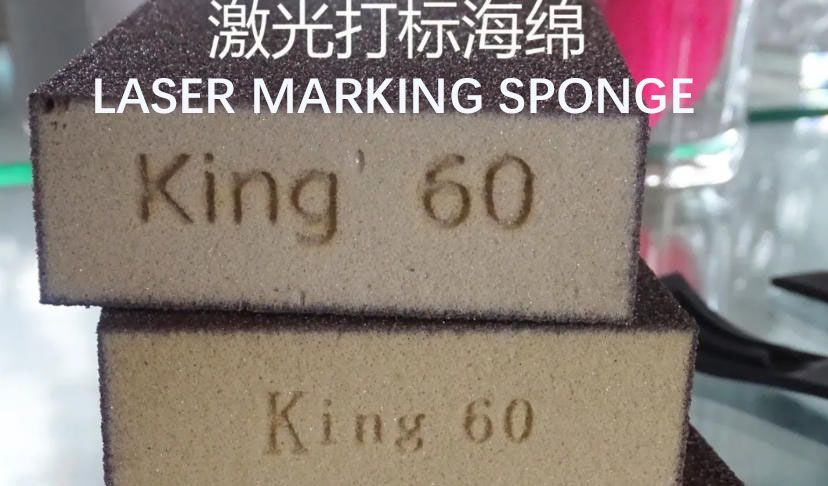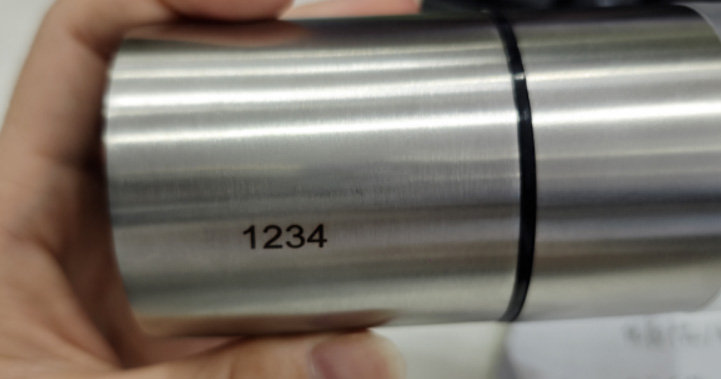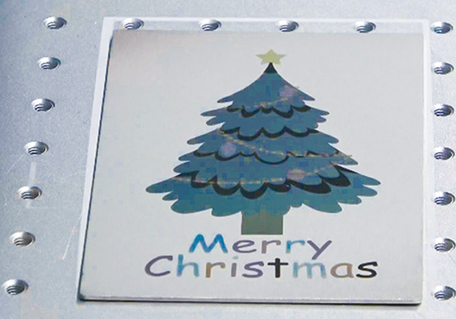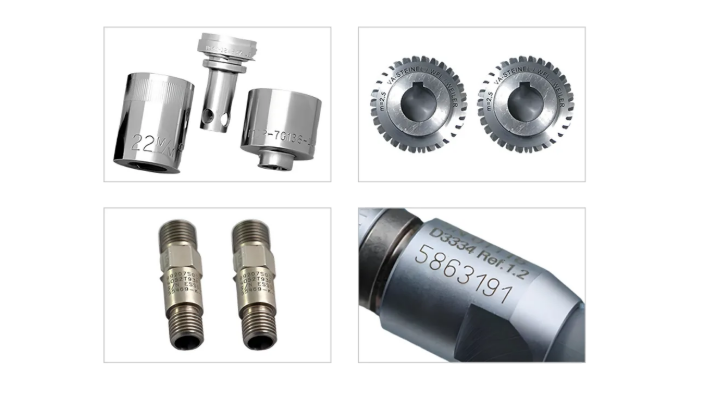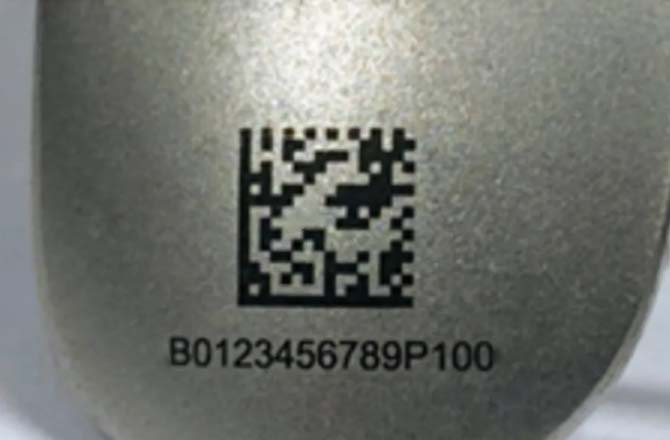
In modern surface treatment technology, pulse laser cleaning has become one of the most efficient and eco-friendly solutions for removing rust, paint, oil, and other contaminants from various materials. Compared with traditional cleaning methods and even continuous laser cleaning, pulse laser cleaning provides higher precision, lower thermal impact, and more flexibility across industrial applications.
How Does Pulse Laser Cleaning Work?
Pulse laser cleaning uses short, high-intensity bursts of laser energy to vaporize or ablate unwanted layers on a surface. Each laser pulse delivers controlled energy that separates rust, paint, or dirt from the base material without damaging the substrate. Unlike continuous lasers, which emit a steady beam, pulse laser cleaning works in intervals, making it ideal for delicate materials and precision cleaning tasks.
Advantages of Pulse Laser Cleaning
Minimal Heat Effect – Since the energy is delivered in short pulses, pulse laser cleaning reduces heat accumulation, preventing warping or structural damage to the material.
Precision and Selectivity – The method allows cleaning only the targeted layer while leaving the underlying surface intact.
Eco-Friendly and Chemical-Free – No solvents or abrasives are required, making pulse laser cleaning a green alternative to traditional methods.
Versatile Applications – Suitable for metals, plastics, stone, and even sensitive electronic components.

Pulse Laser Cleaning vs. Continuous Laser Cleaning
When comparing pulse laser cleaning with continuous laser cleaning, both methods have unique benefits depending on the application:
Heat Control – Continuous cleaning produces more heat, which may damage thin or heat-sensitive materials, while pulse laser cleaning keeps the surface cooler.
Surface Finish – Pulse laser cleaning provides a finer, more controlled finish, ideal for precision industries, whereas continuous cleaning is better suited for large-scale heavy-duty cleaning.
Efficiency – Continuous cleaning can be faster for thick rust or large areas, but pulse laser cleaning offers higher quality results on delicate parts.
Applications – Pulse technology is preferred in aerospace, electronics, and cultural relic restoration, while continuous cleaning is often used in shipbuilding, pipelines, and large industrial equipment.
Applications of Pulse Laser Cleaning
Aerospace Industry – Removing coatings and oxides without altering the base metal.
Electronics Manufacturing – Cleaning delicate parts with minimal heat damage.
Cultural Heritage Restoration – Safely removing dirt and pollutants from historic artifacts.
Automotive and Machinery – Precision rust and oil removal from parts and molds.
Why Choose Pulse Laser Cleaning?
For global buyers and manufacturers, pulse laser cleaning offers a perfect balance of efficiency, safety, and adaptability. Whether you need fine surface treatment in high-tech industries or eco-friendly cleaning for sensitive applications, pulse laser cleaning ensures better quality and long-term reliability compared to traditional and continuous laser methods.

